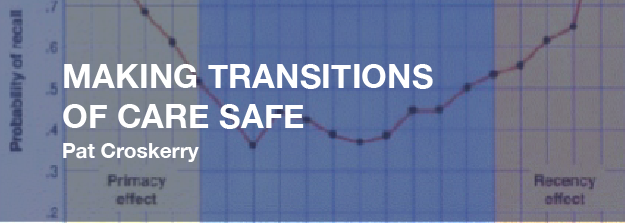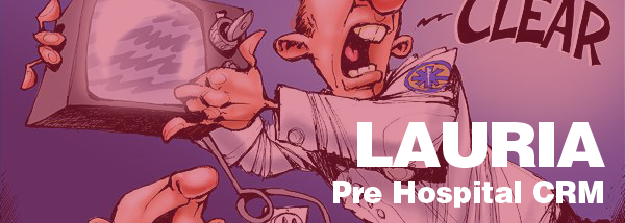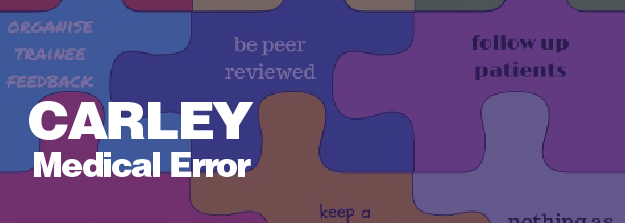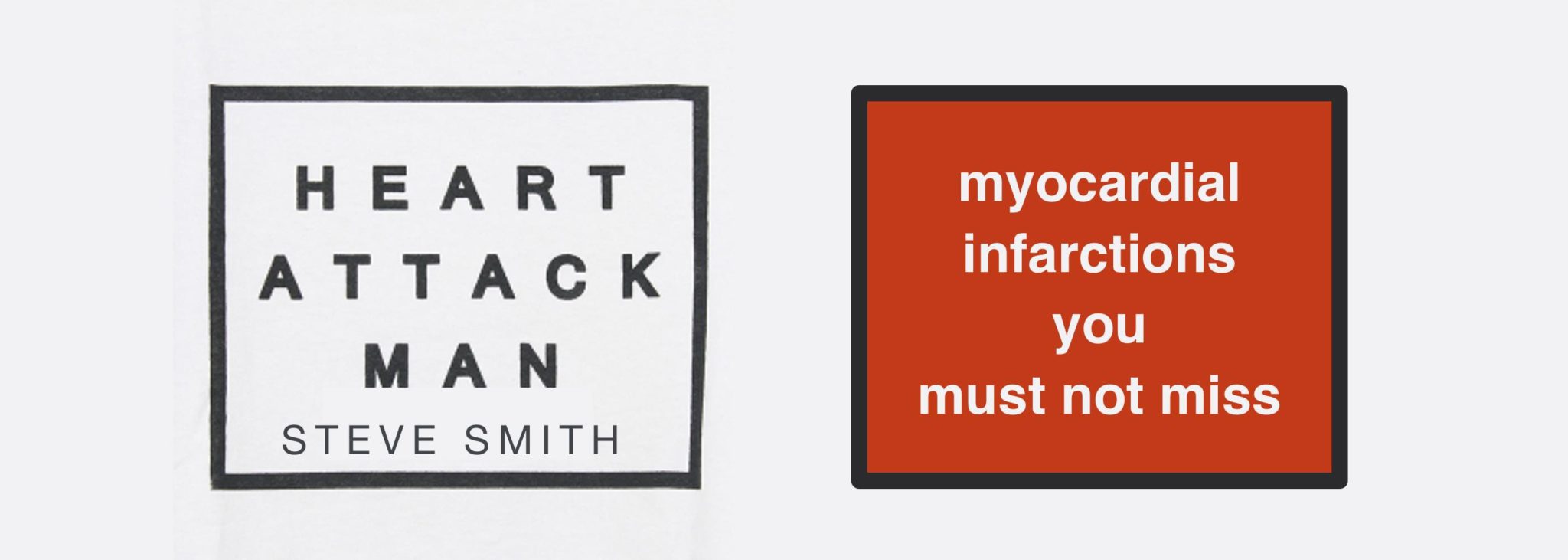Making Transitions of Care Safe – Pat Croskerry
Summary by: Pat Croskerry
It is now well recognised that transferring the care of a patient from one caregiver to another is a vulnerable point in a patient’s care and a potential threat to patient safety. There may be many intra-disciplinary and inter-disciplinary transition points in the ED during an individual patient’s care. The process requires that each participant communicates well with others to establish an accurate shared mental representation of the important issues.
To minimise transition failures, the process should be trained and standardised, recognised as a multi-professional activity, defined by who should be present, where and when it should occur, and have an end-point that is a clear plan for the ongoing care of the patient. The reliability, consistency, and efficacy of the transition should be a hallmark of departmental culture.
Training should be provided in how the process works and how it fails. The broad distinction between the transfer of poor information (unwarranted opinions, stereotyping, stigmatisations, gratuitous comments, overconfidence, and other cognitive biases) and poor transfer of information (unstructured, casual setting, rushed/fatigued, interruptions/distractions, limited input from others, verbal only, degraded narrative skills) should be recognised. It is important to reliably express the amount of certainty attached to what is actually known at transfer so that recipients clearly understand what is expected of them.
The vulnerability of human memory should be recognised and strategies used to deal with it (SBAR, I-PASS and others). There should be awareness of particular biases in communication at transition time. Serial position effects describe how primacy (information presented at the beginning) and recency (the last information to be presented) may influence what is perceived and retained. It is important to be aware of specific biases that operate at transition time: framing, fundamental attribution error, search satisfying and others) and consider strategies to mitigate them.









